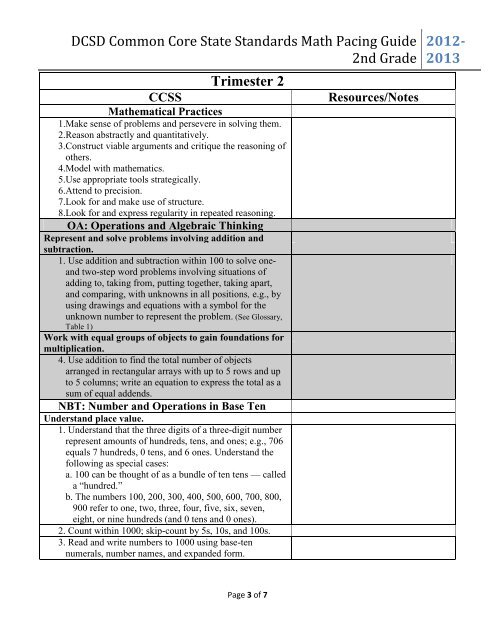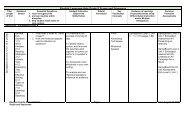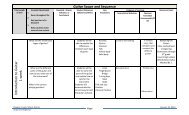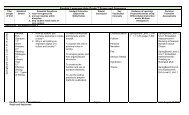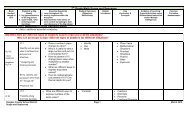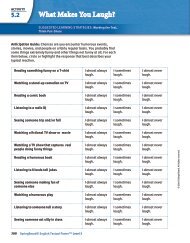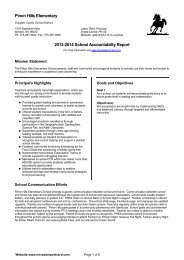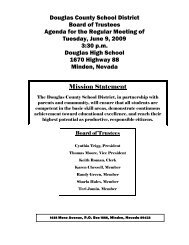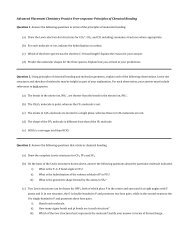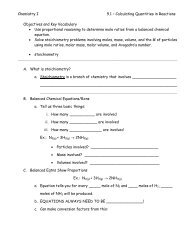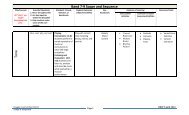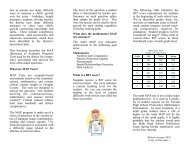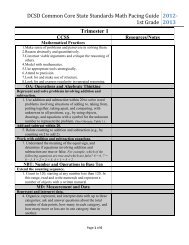DCSD Common Core State Standards Math Pacing Guide 2nd Grade
DCSD Common Core State Standards Math Pacing Guide 2nd Grade
DCSD Common Core State Standards Math Pacing Guide 2nd Grade
- No tags were found...
Create successful ePaper yourself
Turn your PDF publications into a flip-book with our unique Google optimized e-Paper software.
<strong>DCSD</strong> <strong>Common</strong> <strong>Core</strong> <strong>State</strong> <strong>Standards</strong> <strong>Math</strong> <strong>Pacing</strong> <strong>Guide</strong><strong>2nd</strong> <strong>Grade</strong>Trimester 2CCSS<strong>Math</strong>ematical Practices1.Make sense of problems and persevere in solving them.2.Reason abstractly and quantitatively.3.Construct viable arguments and critique the reasoning ofothers.4.Model with mathematics.5.Use appropriate tools strategically.6.Attend to precision.7.Look for and make use of structure.8.Look for and express regularity in repeated reasoning.OA: Operations and Algebraic ThinkingRepresent and solve problems involving addition andsubtraction.1. Use addition and subtraction within 100 to solve oneandtwo-step word problems involving situations ofadding to, taking from, putting together, taking apart,and comparing, with unknowns in all positions, e.g., byusing drawings and equations with a symbol for theunknown number to represent the problem. (See Glossary,Table 1)Work with equal groups of objects to gain foundations formultiplication.4. Use addition to find the total number of objectsarranged in rectangular arrays with up to 5 rows and upto 5 columns; write an equation to express the total as asum of equal addends.NBT: Number and Operations in Base TenUnderstand place value.1. Understand that the three digits of a three-digit numberrepresent amounts of hundreds, tens, and ones; e.g., 706equals 7 hundreds, 0 tens, and 6 ones. Understand thefollowing as special cases:a. 100 can be thought of as a bundle of ten tens — calleda “hundred.”b. The numbers 100, 200, 300, 400, 500, 600, 700, 800,900 refer to one, two, three, four, five, six, seven,eight, or nine hundreds (and 0 tens and 0 ones).2. Count within 1000; skip-count by 5s, 10s, and 100s.3. Read and write numbers to 1000 using base-tennumerals, number names, and expanded form.Resources/Notes2012-2013Page 3 of 7


